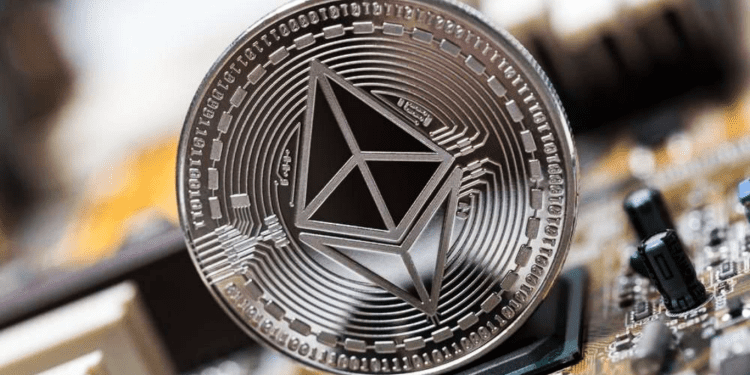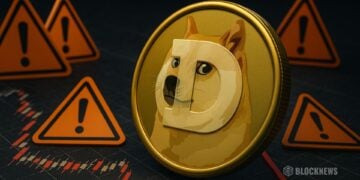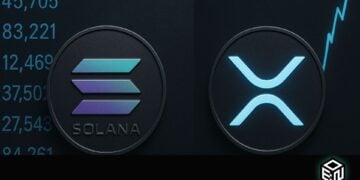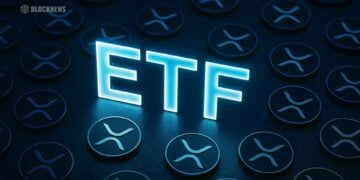- “Ethscriptions”, a cutting-edge blockchain protocol by Tom Lehman alias “Middlemarch”, energizes Ethereum”s NFT and digital asset landscape, competing with Bitcoin”s Ordinals system.
- Within 18 hours of its unveiling, “Ethscriptions” recorded an astonishing 30,000 creations, underscoring its potential for economical and efficient asset minting.
- Despite the initial success, uncertainties cloud the future of “Ethscriptions” with Ethereum already supporting NFT and digital asset creation, leaving some pondering its potential for sustained growth.
The cryptocurrency ecosystem sees the birth of a groundbreaking Ethereum protocol known as “Ethscriptions,” innovated by Tom Lehman, co-creator of the music site Genius.com and a familiar figure in the crypto space as “Middlemarch.”
Launched on June 17, “Ethscriptions” has hit the ground running, boasting an impressive tally of 30,000 creations within its first day. This innovation, seen as Ethereum’s answer to Bitcoin’s Ordinals protocol, aims to provide a streamlined, cost-effective, and more decentralized approach to creating digital assets on the Ethereum platform.
One notable aspect of “Ethscriptions” is its utilization of Ethereum’s “call data,” the information within a smart contract, facilitating a cheaper and more efficient creation process than traditional smart contract methods. Currently, “Ethscriptions” solely supports image-based inscriptions. Still, Middlemarch assures that upcoming updates will include a broader spectrum of file types, albeit with the caveat that any image for “ethscribing” should not be larger than 96 kilobytes.
The initial project based on the “Ethscriptions” protocol, charmingly dubbed “Ethereum Punks,” has been welcomed with open arms. The community swiftly claimed all 10,000 assets, generating such robust traffic that it momentarily overwhelmed the official “Ethscriptions” website’s API interface.
Despite the encouraging start, the journey ahead for “Ethscriptions” is filled with ambiguity. As Ethereum’s network already permits NFT and digital asset creation, some observers question if “Ethscriptions” can emulate the skyrocketing success of Bitcoin” s Ordinals protocol, which ballooned from zero to ten million inscriptions within six months.
This explosive growth was credited to the ability to mint various new tokens on the Bitcoin network using the BRC-20 token standard, indicating a strong interest in asset creation.
Bitcoin Ordinals and Ethscriptions Power Digital Asset Revolution
In the evolving landscape of digital assets, Bitcoin Ordinals have emerged as a game-changer, empowering users to embed unique metadata into Bitcoin’s blockchain. These Ordinals, functioning as Bitcoin’s Non-Fungible Tokens (NFTs), have unlocked unprecedented capabilities to exchange digital assets, ranging from artwork to gaming collectibles. Consequently, they have seen a surge in popularity, facilitating the exchange of these unique digital assets for goods, services, or even as financial collateral.
Amid this digital asset enthusiasm, the arrival of Ethscriptions – a similar technology that operates on Ethereum’s blockchain – has stirred more intrigue. This innovative protocol broadens the horizons for NFT enthusiasts by enabling the inscription of metadata into Ethereum blocks, offering a wider variety of trading options. Therefore, despite recent entrants, Bitcoin Ordinals and Ethscriptions are already reshaping how users create and digital trade assets. The new competition could be a much-needed trend in a rather dry activity in non-fungible tokens.














